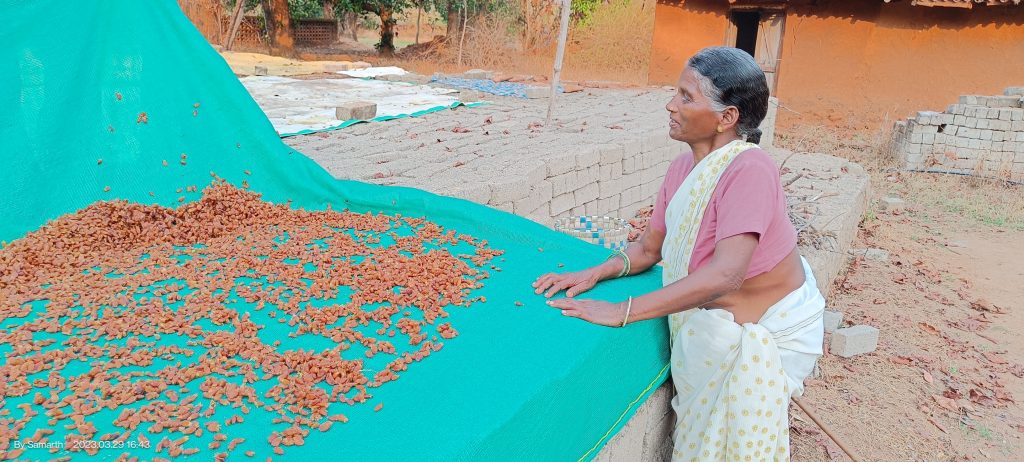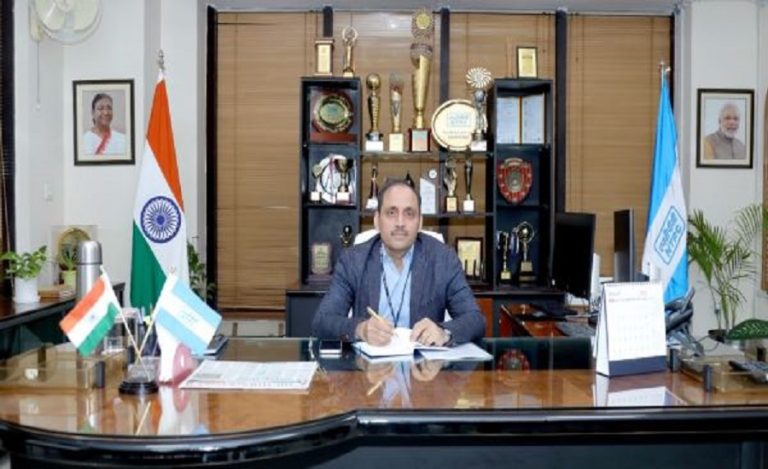Dr. Ravi Mittal, a doctor turned bureaucrat, has seized an untapped opportunity with Mahua that for centuries was being used by tribal societies to make herbal medicines, treatments, and alcohol.
The project is the brainchild of IAS officer Jitendra Yadav, who proposed putting the abundant mahua available to combat malnutrition, in keeping with the Chhattisgarh government’s objective of boosting the rural economy by making a range of new-age items like cookies, candies, and tea, among others.
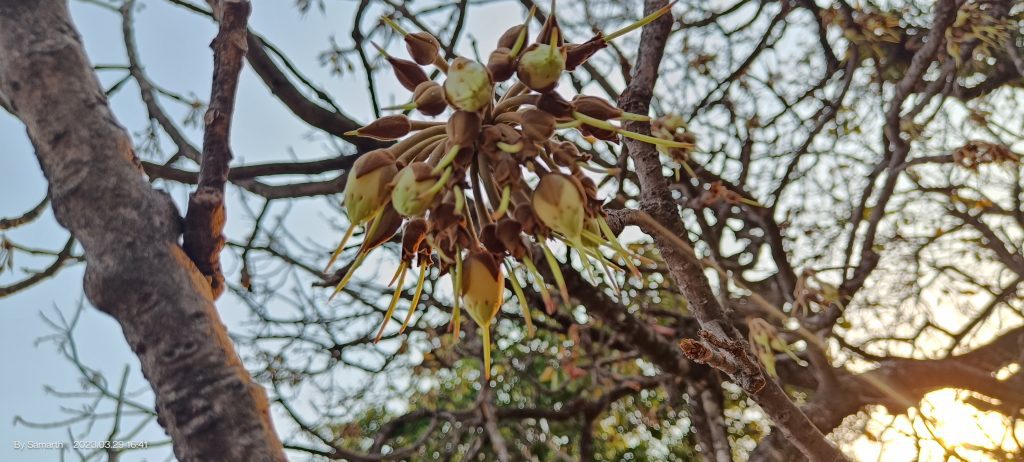
MORE THAN ALCOHOL
Tribal district Jashpur’s Collector, Dr. Mittal and CEO ZP, Mr. Yadav, realised that mahua was not just a major ingredient in low-quality alcohol but encapsulates greater nutritional value that could help fight malnutrition as well as provide a livelihood to tribal women who best know about the product from the flower.
The first stage was to collect the flowers methodically because flowers that fell on the ground could not be used to manufacture eatables. Huge nets were fastened to the trees to prevent the mahua from being ruined.
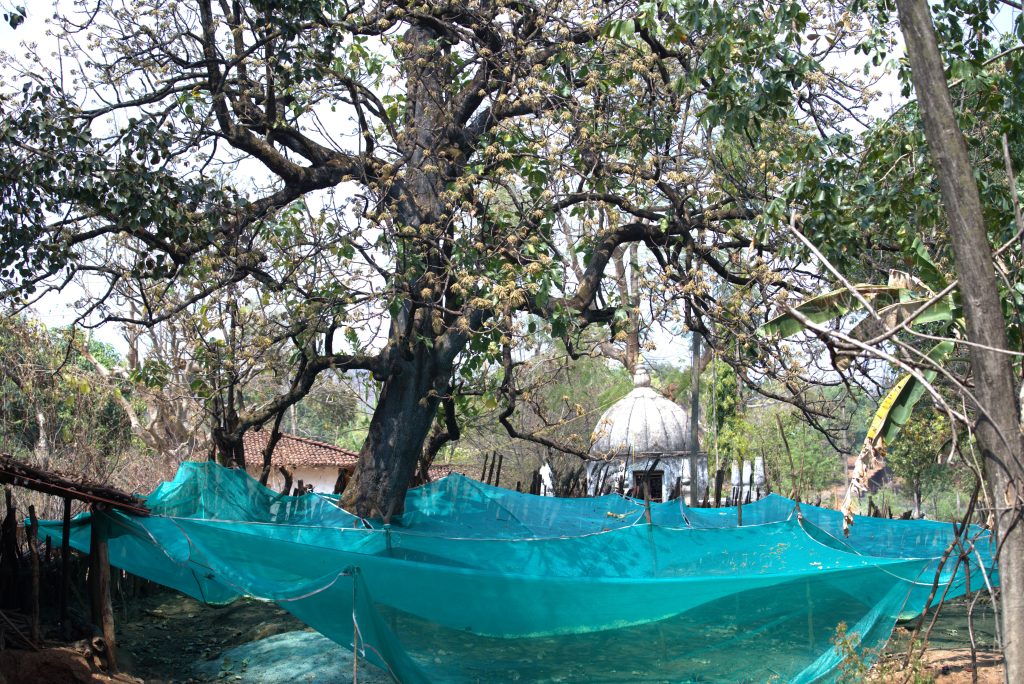
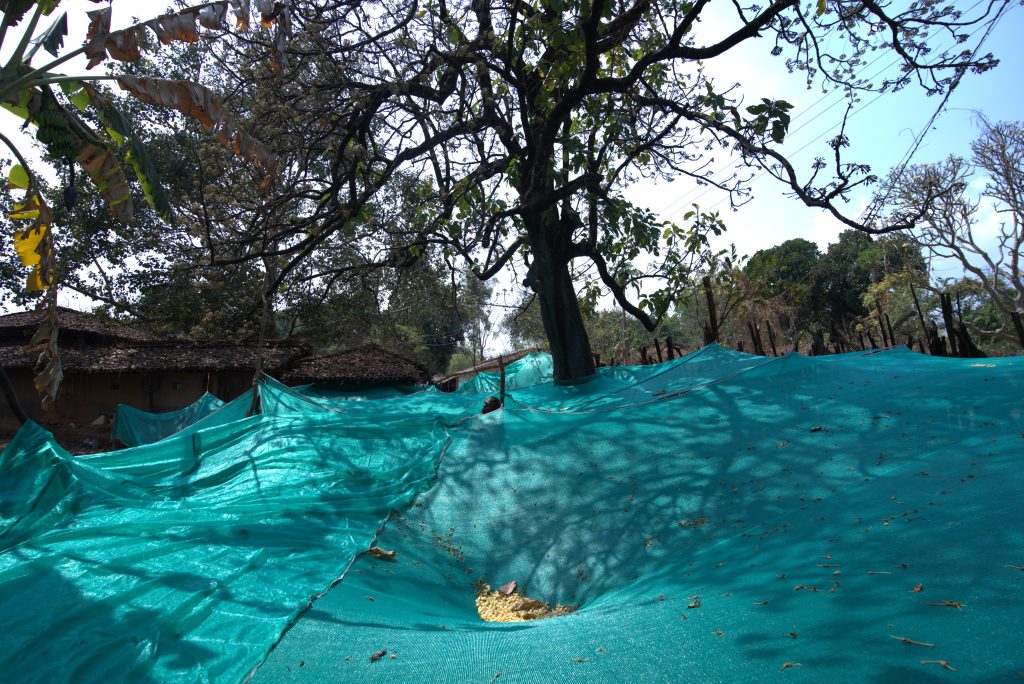
“The local tribals collect the mahua and sell it to the Farmer Producer Organization (FPO) who buy them and utilize it to manufacture edible items such as mahua candies, cookies, ladoos, and chocolates,” Dr. Mittal shared with Indian Masterminds.
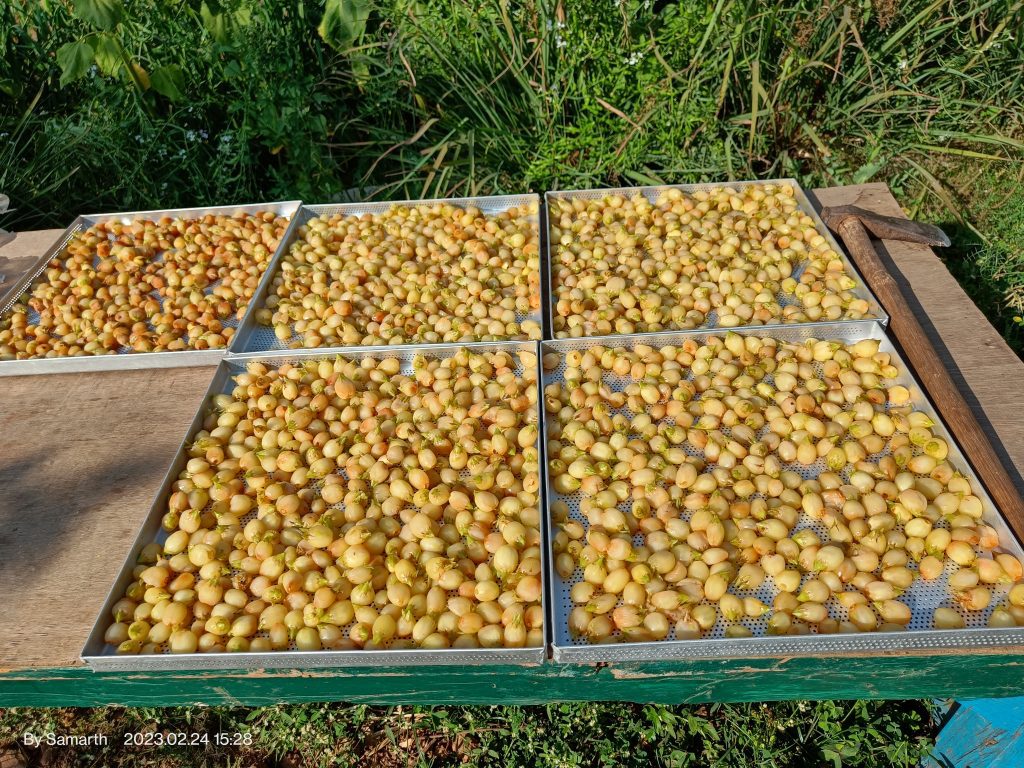
PROVIDING LIVELIHOOD
Jashpur’s tribal women who already are adept at handling the flowers for centuries have now received formal training in operating machines offering multiple cooking possibilities of Mahua.
The Mahua flowers are harvested, dried, and then processed to create edible products that are either baked or cooked. Despite their lack of education, tribal women are doing well locally because they have access to the appropriate machines in the food lab created with district mineral foundation funds.
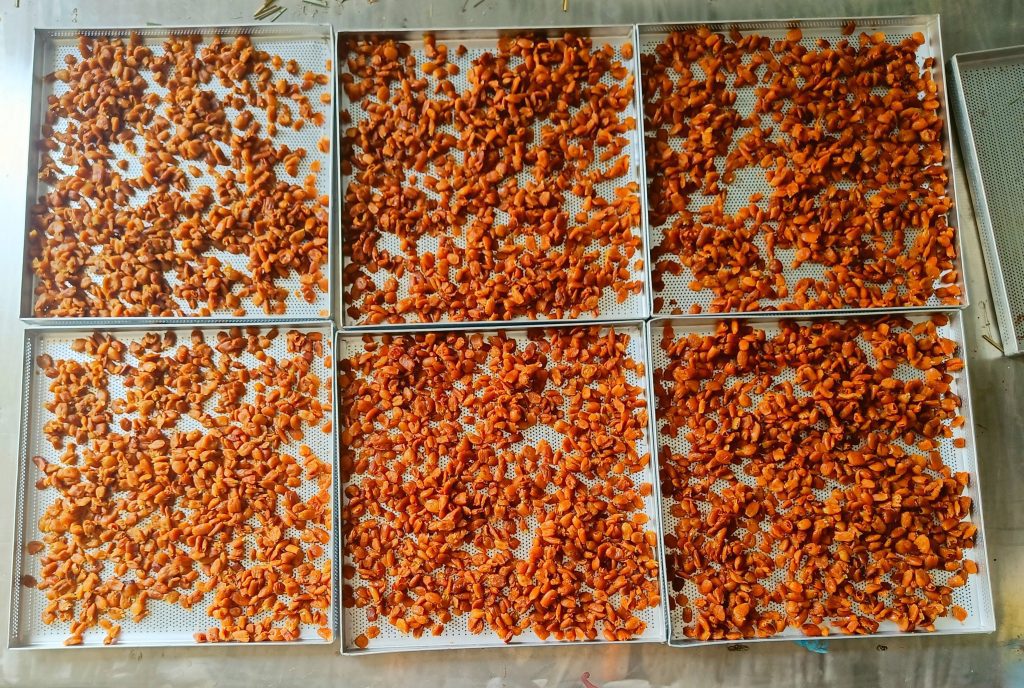
Cookies, cakes, pickles, tea leaves, jellies, dal, rice, flour, and some small forest products are processed, branded, and packaged in these labs. Every SHG has some members trained and skilled in the processing and packaging of completed products for the urban markets.
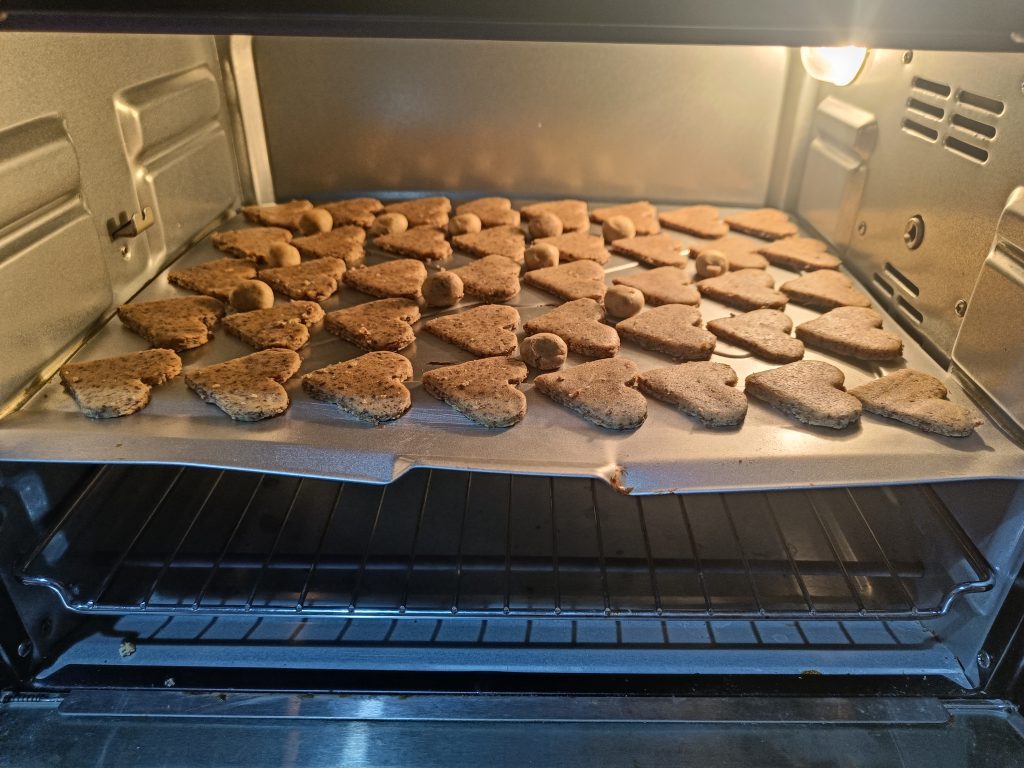
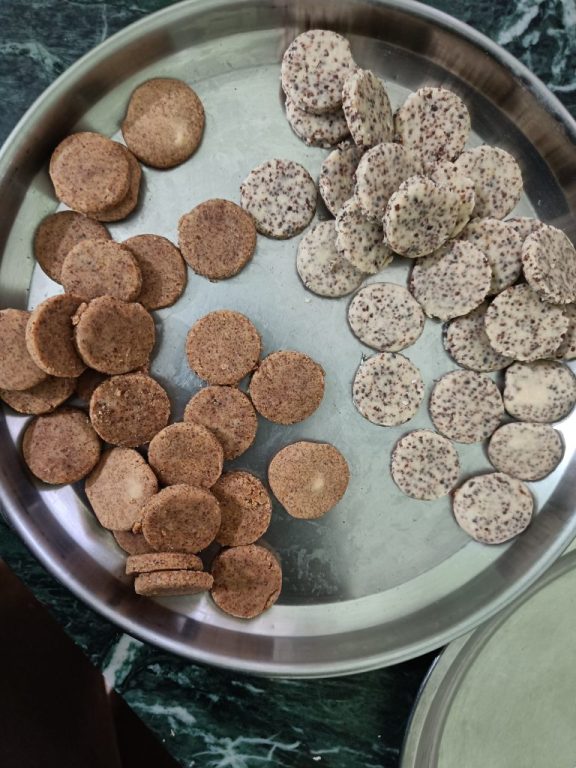
BENEFICIARIES
The officer’s idea has benefited many, beginning with the 150 families involved in the procurement of flowers, who receive Rs.15/kg from the market and can easily collect over 75,000 kg/month.
Mahua drying involves 10 families, totalling 20 people, who each receive Rs. 500 per person per day. Additionally, the 40 SHG women who work on the edible item processing receive about Rs. 300 per day.

“They are now part of the production company, and we give them an extra Rs. 200 for production with profit-sharing incentives,” the officer shared.
Starting January, the programme has so far benefited around 250-300 women.

MAHUA FOR ALL TABLES
“To draw in additional customers, we’re always improving. For diabetics, we produce ladoos, chocolates, etc. without added sugar. Currently, the mahua items’ nutritional content has yielded positive results,” he shared.
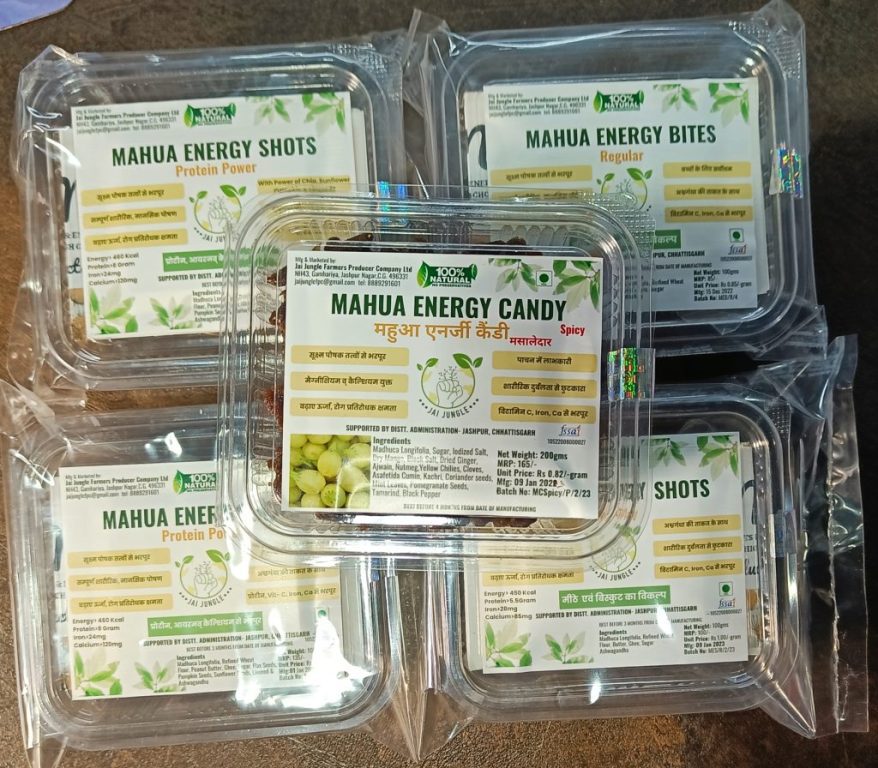
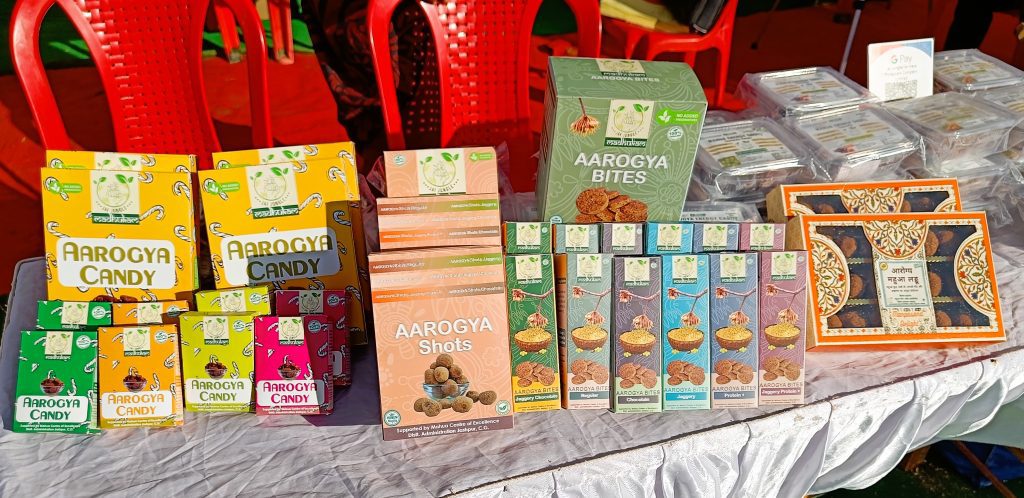
The officer explained once the mahua procurement and product range is large enough, they will move the entire production to the designated Mahua-facility.
Both officers want Mahua-based food on every table in every family. They are merging it with the millet mission to enhance the benefits.

